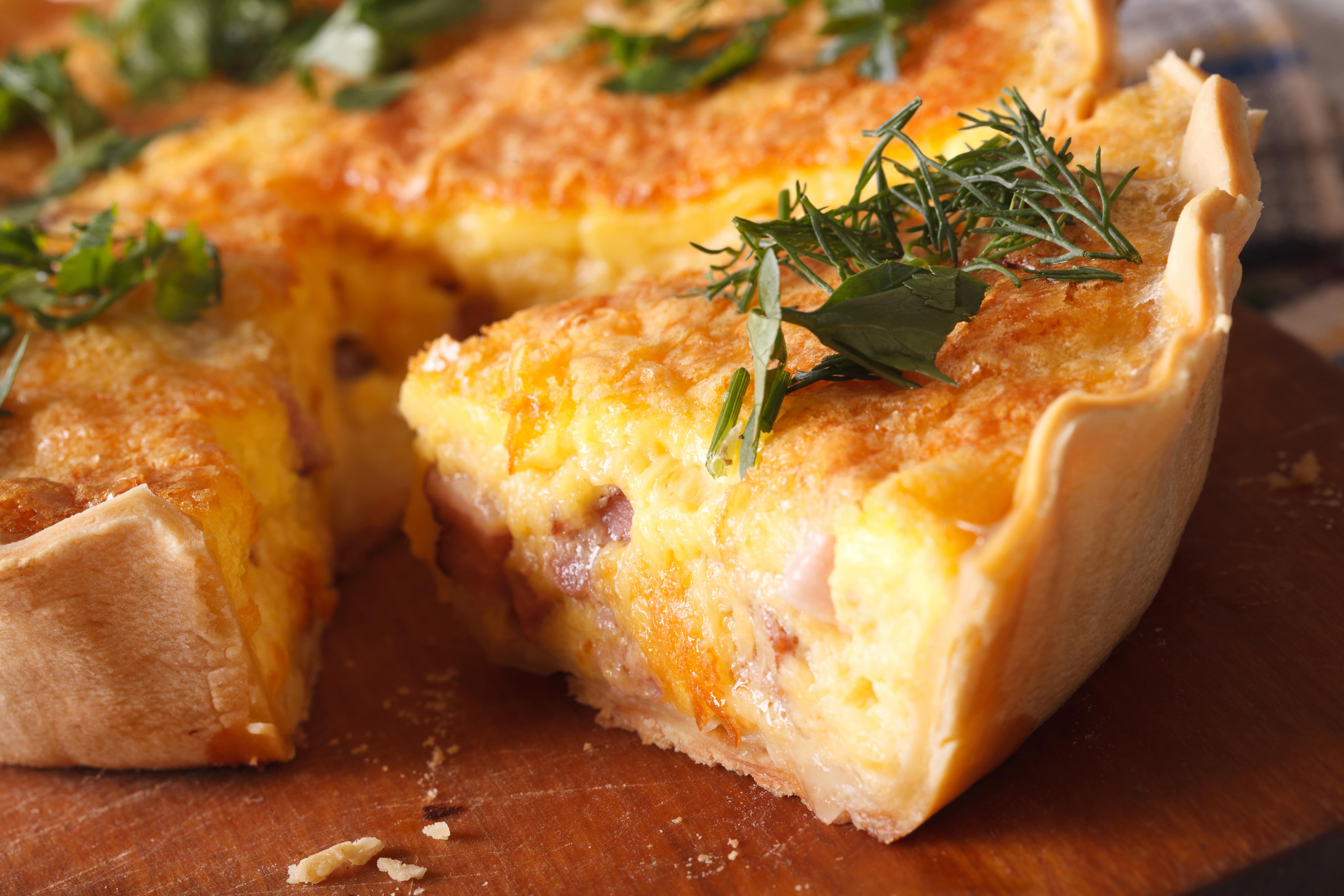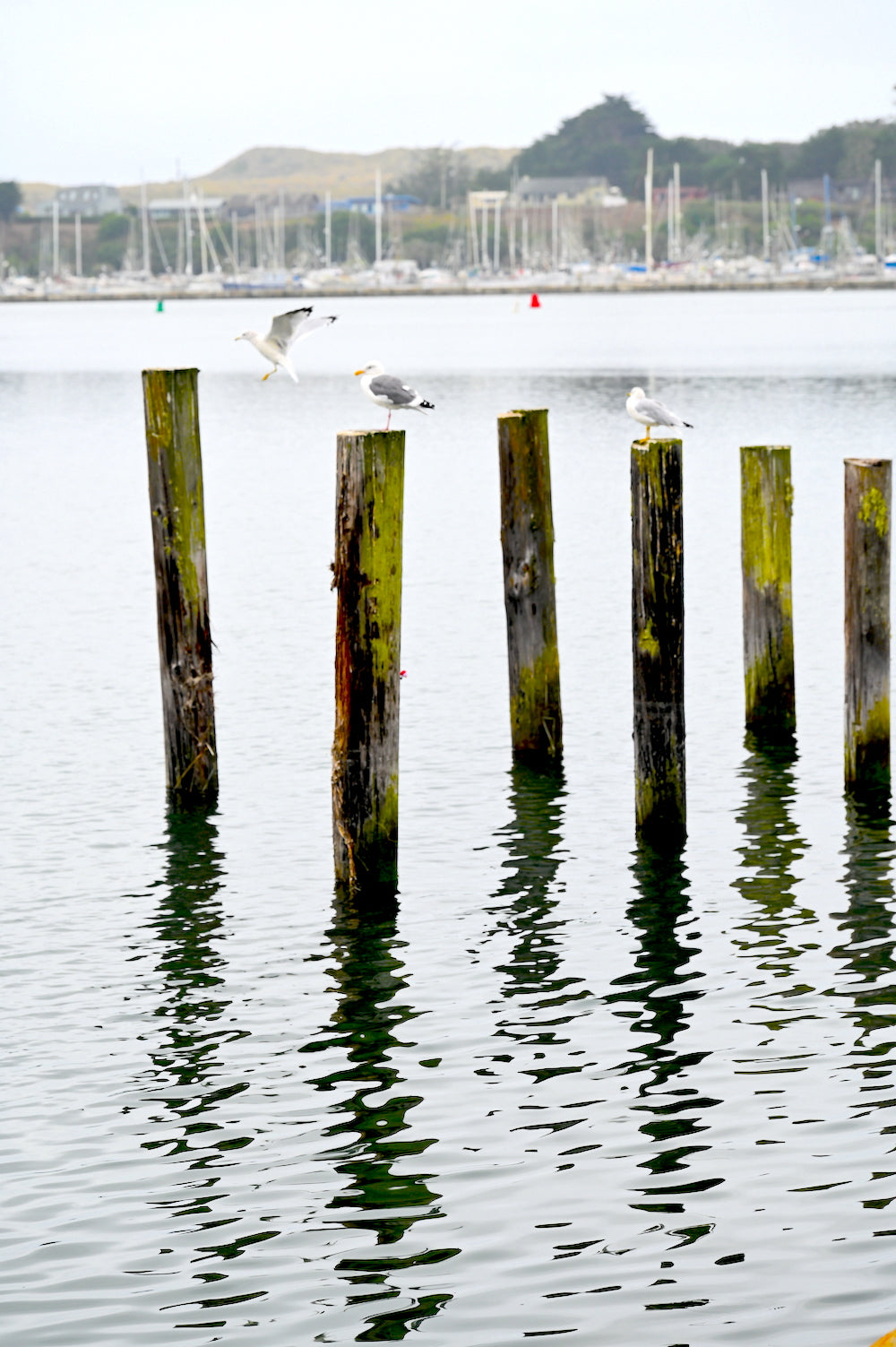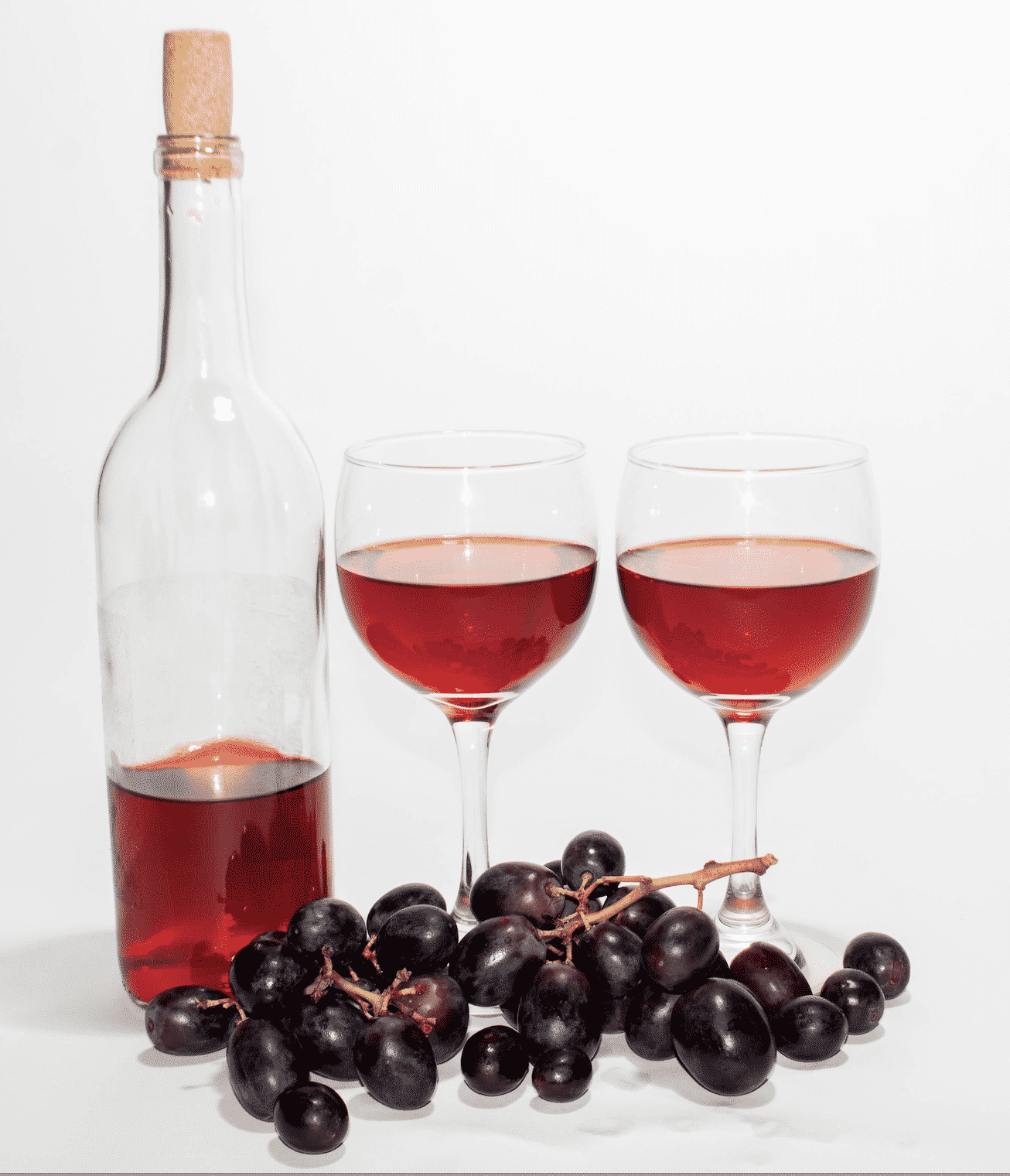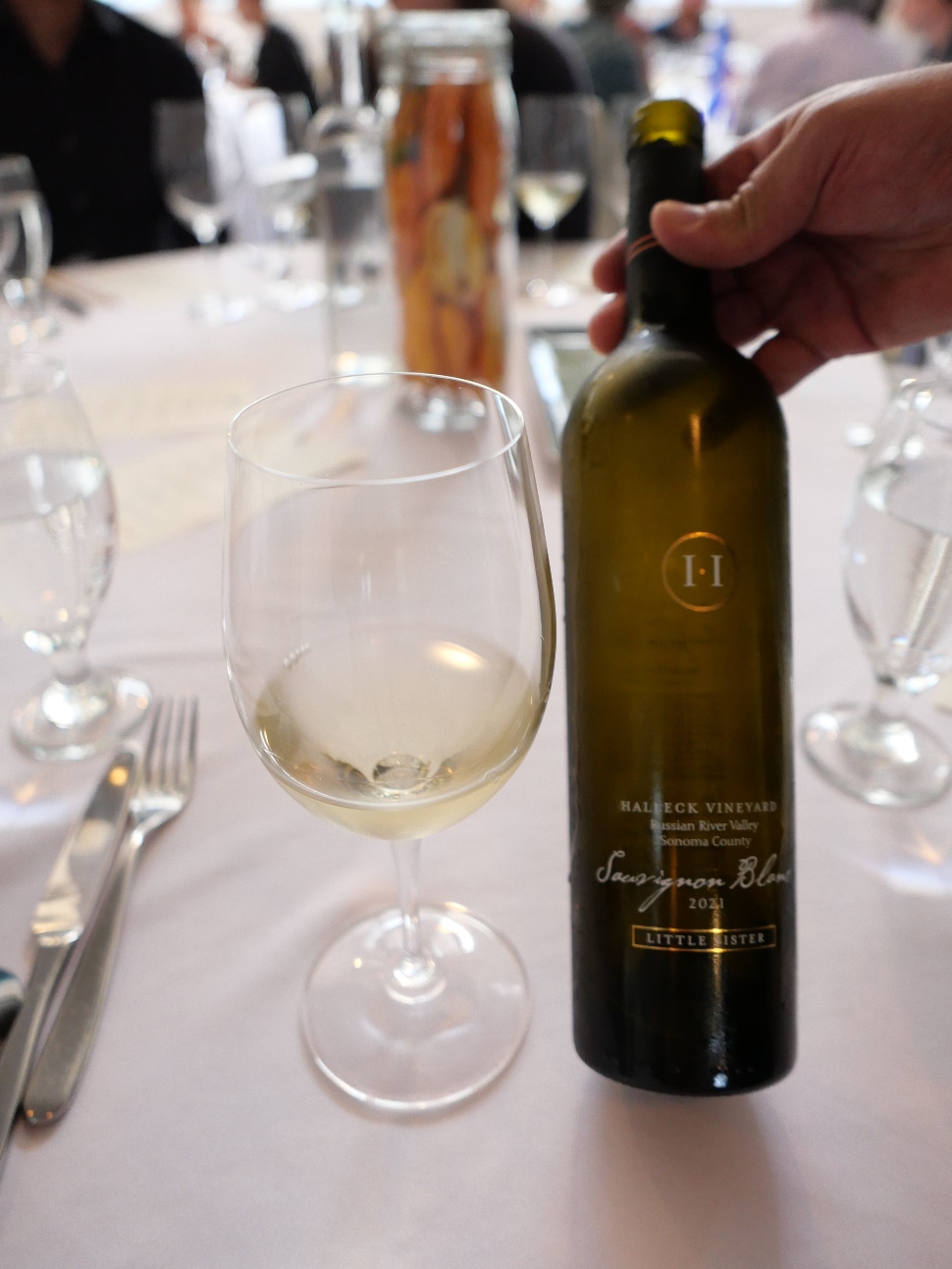A Journey Through the Beautiful Wineries of Northern California 95403
A Journey Through the Beautiful Wineries of Northern California 95403
Blog Article
Savor High-Quality Chardonnay and Pinot Noir from California 95403
Wine tasting is an art that requires greater than just a eager sense of style. Participating with totally different varieties and styles presents an opportunity to appreciate the subtleties of flavor, aroma, and texture. A comprehensive guide to winery wine tasting techniques will equip enthusiasts with the required skills and data to boost the tasting experience.
Understanding the basics of wine tasting begins with familiarity with the key elements. The main parts contributing to flavor are sweetness, acidity, tannin, and alcohol - Chill with Breathtaking Views while Sipping Chardonnay. Every wine has its unique stability, influenced by the grape variety, region, and vinification course of. Recognizing these components allows a taster to appreciate the complexity in every sip.

Visual examination is step one within the tasting process. Swirling the wine in a glass oxygenates it, bringing out the aromas that are essential to understanding the wine's essence. Observing colors ranging from deep purple to pale straw provides perception into the wine's age and variety. The readability and brilliance of the wine additionally supply clues about its high quality.
Next, the olfactory experience takes priority. The nose is often thought-about essentially the most essential part of tasting. Constructing an consciousness of common aromas can be useful. Fruits, flowers, spices, and earthy notes are sometimes present. Taking time to inhale deeply earlier than tasting permits for a extra profound appreciation of a wine's bouquet.
A Comprehensive Guide to Wine Tasting in Sebastopol 95468
When it comes to tasting, the approach must be deliberate and considerate. Small sips are advisable, allowing the wine to linger within the mouth. This technique allows the taster to discern the complex layers of flavors. Noting the preliminary taste, the mid-palate, and the finish contributes to a whole understanding of the wine’s profile.
One Other crucial aspect of wine tasting is the understanding of steadiness and construction. A well-balanced wine presents harmonious flavors where no single component overwhelms the others. Analyzing how acidity interacts with sweetness and tannins will assist in assessing the general composition of the wine.
Wines can vary significantly from one vintage to another as a outcome of environmental elements, which makes understanding the concept of terroir important. Terroir refers again to the geographical and weather conditions, in addition to the winemaking practices that have an result on the final product. This relationship between the land and the wine can influence its flavor spectrum dramatically.
Culinary Pairings at Sebastopol Vineyards
Pairing wine with food can improve the tasting experience considerably. Sure wines complement particular dishes, which may elevate each the food and the wine. Understanding flavor profiles will permit enthusiasts to create exciting pairings. For example, a wealthy purple wine could pair beautifully with a hearty meat dish, whereas a crisp white may improve the taste of seafood. Insider Tips for Navigating Sonoma Wineries.
Collaborating in guided tastings can even provide valuable insights. Many wineries offer professional-led tastings, the place skilled sommeliers share their experience. Engaging with knowledgeable hosts permits for a deeper understanding of the wines and presents the possibility to ask questions and trade perspectives.
Documentation throughout tastings can function a useful software. Keeping notes on the wines sampled, along with personal impressions, enhances the tasting journey. This record helps in recalling what one enjoyed or didn't take pleasure in, creating a private roadmap for future wine exploration. Tasting sheets are sometimes used as a structured method to capture this data.
Attending wine-focused events, similar to festivals or expos, creates a chance to discover an enormous range of wines and meet fellow enthusiasts. Networking with trade professionals and passionate hobbyists can result in sharing insights and increasing one’s palate. The festive atmosphere enhances the communal aspect of wine appreciation.
Explore Scenic Wineries in California's Wine Country 95405
As one turns into more experienced in wine tasting, it becomes essential to develop personal preferences. Exploring wines from various areas, grape varieties, and styles can lead to stunning discoveries. It’s important to remain open-minded and prepared to try new options, even when they fall outdoors of earlier preferences.
Finally, the enjoyment of wine tasting lies in its capability to stimulate the senses and provoke thought. Each tasting provides a private journey via taste and experience that is as unique because the people participating in it. Embracing the great guide to winery wine tasting techniques paves the way for a richer appreciation of what wine has to offer.
In conclusion, wine tasting is far more than an train in discerning flavors. It is an immersive experience that connects people to the land, the winemakers, and the tales behind every bottle. By working towards the techniques outlined in this guide, anyone can cultivate a newfound appreciation for wine, transforming each sip into an exploration of taste, aroma, and personal choice.

- Begin by observing the wine’s appearance; tilt the glass to assess clarity, colour intensity, and viscosity as these components can point out the wine's age and physique.
- Swirl the wine gently in the glass to release its fragrant compounds, enhancing the olfactory experience.
- Take a second to inhale the aromas before tasting; note the complexity and the first scent classes similar to fruity, earthy, floral, or spicy.
- When tasting, allow a small amount of wine to cover your palate, guaranteeing to pay consideration to the initial style, mid-palate flavors, and finish to evaluate its construction.
- Pay consideration to the tannins current; they'll affect the texture and mouthfeel, giving insights into the wine's aging potential.
- Contemplate the acidity stage, which may present freshness to the wine, balancing sweetness and enhancing food pairings.
- Use a scorecard or journal to jot down observations about every wine, including flavors, aromas, and personal impressions to compare later.
- Experiment with food pairings throughout tastings, as this will significantly improve or change the perception of the wine’s flavor profile.
- Engage in discussions with fellow tasters to share views, which might broaden the appreciation and understanding of various wines.
- Remember to hydrate and devour palate cleansers like bread or water between tastings to ensure an accurate experience of every wine.undefinedWhat are the basic steps concerned in wine tasting?
Experience the Taste of Single Vineyard Wines in Sonoma County
The fundamental steps of wine tasting embody observing the wine's shade and readability, swirling it to release its aromas, sniffing to identify different scents, sipping to evaluate flavors, and at last, evaluating the end. This course of allows taster's to understand the read the full info here wine's total complexity and high quality.

How do I correctly odor wine?
Exceptional Wine Flight Experiences in Sonoma.
To properly scent wine, comply with these steps: first, hold the glass on the base, swirl it gently to aerate, then deliver it to your nostril. Take a few short sniffs to seize the preliminary fragrances, followed by a deeper inhale to discover the more complex aromas. Focus on identifying particular scents like fruits, spices, and different descriptors.
Taste the Finest Wines from Russian River Valley
What should I look for when tasting wine?

When tasting wine, search for several key elements: appearance (color and clarity), aroma (fruits, herbs, and spices), flavor (sweetness, acidity, tannins), and texture (body and mouthfeel). Additionally, think about the wine's end, which is the lingering taste after swallowing. All these elements contribute to the wine's total profile.
How do I know if a wine is nice quality?
Good high quality wine typically has balance among its components, that means that acidity, tannins, sweetness, and alcohol work harmoniously together. Look for complexity in flavors and aromas and a protracted, nice end. Quality wines also typically exhibit distinct traits reflecting their varietal and area.
Wine Tasting at Sebastopol Vineyards
Is it important to use particular glassware for wine tasting?
Sure, utilizing particular glassware enhances the wine tasting experience. Appropriate glasses can affect the aroma and flavor perception. For example, a Bordeaux glass is designed to enhance full-bodied purple wines by allowing oxygen to interact with them, while a narrower flute is ideal for glowing wines to protect carbonation.
Delicious Food and Wine Pairings to Try in Sonoma County 95407
How can I improve my wine tasting skills?
To enhance your wine tasting skills, practice frequently, attend tastings to learn from specialists, and hold a tasting journal to note your observations. Experiment with totally different varietals and styles, and engage with wine communities or clubs for shared experiences and data.
Create Your Itinerary Through Sonoma's Wine Regions 95403
What are some frequent wine tasting errors to avoid?
Common wine tasting errors embrace not properly cleansing your palate between wines, serving wines at incorrect temperatures, and overlooking the importance of important link the glass form. Moreover, being overly influenced by others' opinions can cloud your personal tasting experience; always belief your personal palate.
Should I pair food with wine throughout tastings?
Pairing food with wine can enrich the tasting experience by highlighting specific flavors and aromas in each the wine and the food. It's advisable to style wines both with and without food to grasp how they interact. Experiment with completely different pairings to discover your preferences.
Boost Your Napa Valley with Local Cuisine
What ought to I do if I don’t like a wine?
If you don't like a wine, it is completely okay to precise your opinion. Wine tasting is subjective, and personal preference varies tremendously. As A Substitute of forcing yourself to get pleasure from it, contemplate analyzing what aspects you dislike—this may help refine your palate and guide future decisions.
Can I style wines at a winery without making a reservation?
Whereas some wineries supply walk-in tastings, many require reservations, especially on weekends or throughout peak seasons. It’s best to verify ahead with the winery for his or her policies on tastings to make sure a clean experience. Reservations also let you have a more personalized and academic visit. Report this page